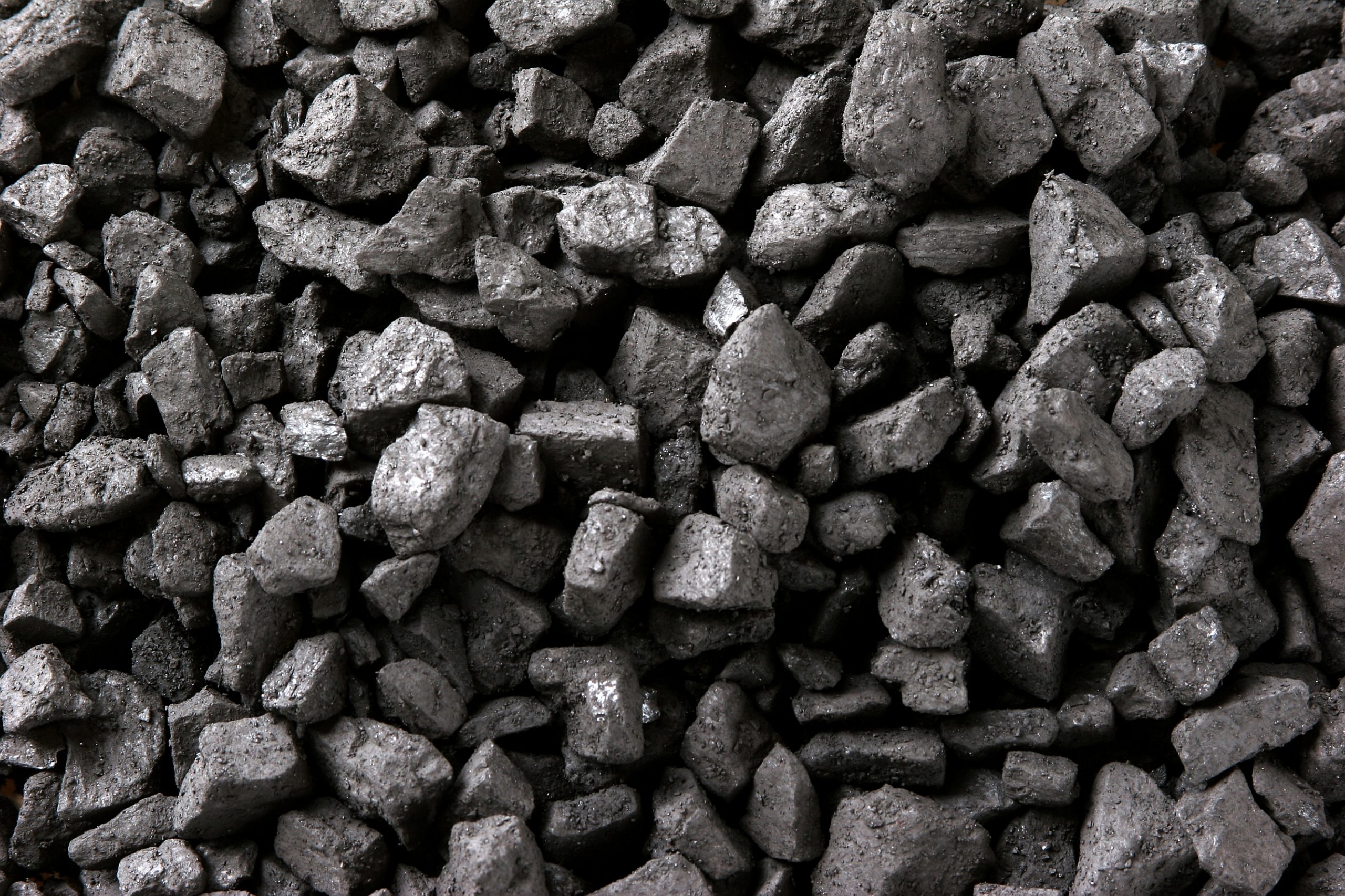News Highlight,
The Ministry of Coal, released the draft Coal Logistic Policy 2022 for comments, and all stakeholders are requested to provide their comments.
Key Takeaway
- Objectives of the Policy include:
- To ensure availability of adequate coal evacuation infrastructure
- Optimising logistics cost
- Promoting multi-modal network of transport and greener transportation
- Modernising the logistics infrastructure through the use of technology
Key features of the Draft Coal Logistics Policy 2022
- Reduction in coal logistics costs:
- One of the critical issues with coal evacuation is the high cost of logistics.
- The draft Policy seeks to reduce coal logistics costs in several ways, including
- Planning for construction and use of shared evacuation infrastructure in the mine allocation process
- Regulating railway freight rates for coal
- Making rail-sea-rail routes more competitive vis-à-vis all rail routes.
- Use smart coal logistics corridors that give real-time information about the logistics chain.
- Multimodal network of transport
- The draft Policy noted that one of the challenges in coal evacuation is limited logistics planning in multimodal transport.
- The Policy proposes to formulate a Multi-modal Integrated National Coal Evacuation Plan.
- A Technical Support Unit and an Inter-Ministerial Committee (IMC) will be set up for formulating the Plan.
- While formulating the Plan, issues will be taken up with relevant ministries, state governments, and other stakeholders.
- The Inter-Ministerial Committee (IMC) will monitor the plan’s implementation.
Coal energy
- Coal is India’s most essential and abundant fossil fuel. It accounts for 55% of the country’s energy needs. The country’s industrial heritage was built upon indigenous coal.
Classification of coal.
- Anthracite:
- Highest grade of coal has the highest calorific value.
- It has a carbon content of 80% to 95%.
- Bituminous coal (black coal):
- It is used in manufacturing coke and power generation.
- It has a carbon content of 60% to 80%.
- Lignite (brown coal):
- The lowest grade of coal is used for electricity generation.
- It has a carbon content of 40% to 55%.
- Peat:
- It is partially decayed plant material.
Data
- Coal reserves:
- India is one of the top 5 countries in terms of coal reserves.
- Coal production:
- India is the 2nd largest coal-producing nation in the world.
Significance of the coal sector in India
- Domestic energy needs:
- Coal is the most abundant fossil fuel, accounting for 55% of the country’s energy needs.
- Source of revenue:
- State-owned Coal India, the world’s largest coal mining company, is a significant source of revenue for state coffers through dividend payments and taxes.
- The cheapest energy source:
- Coal is far cheaper than nuclear power, natural gas, and oil.
- More accessible to mine and transport:
- Unlike crude oil and radioactive materials, coal is mined and transported easily.
Challenges of the coal sector
- Import dependence on high-grade coal:
- Majority of India’s coal production is non-coking coal; coking coal has to be imported.
- Parallel economy:
- Parallel economy run by the coal mafia contributed to the black coal market, the diversion of good quality coal, the expropriation of government lands, etc.
- Coking coal has a higher carbon content and a lower ash content than non-coking coal.
- Parallel economy run by the coal mafia contributed to the black coal market, the diversion of good quality coal, the expropriation of government lands, etc.
- The source of pollution:
- Coal is one of the sources of atmospheric pollution that severely affects the atmosphere through particulate coal pollution.
- Displacement of tribal:
- The forests and agricultural lands belonging to the tribal people have been laid waste because of haphazard mining.
- Lack of transparency:
- Allocation of coal blocks faces arbitrariness and lack of transparency.
- For example, the coal scam of 2014.
Government Initiatives
- SHAKTI:
- SHAKTI (Scheme for Harnessing and Allocating Koyala Transparently in India): For the auction and allotment of coal linkages and will lead to affordable power, access to coal, and accountability in the allocation of coal.
- PM Khanij Kshetra Kalyan Yojana:
- To provide for the welfare of areas and people affected by mining-related operations.
- Coal Mines (Special Provisions) Act, 2015:
- The Coal Mines (Special Provisions) Act, 2015, enabled the allocation of coal mines through a transparent auction.
- Online Coal Clearances System:
- It is to provide single window access to its investors to submit online applications for all the permissions/clearances and approvals granted by the Ministry of Coal.
- UTTAM App:
- The UTTAM (Unlocking Transparency by Third Party Assessment of Mined Coal) app: is for all citizens and coal consumers to monitor the process of Third-Party Sampling of coal across Coal India Limited(CIL) subsidiaries.
Way forward
- Investment in infrastructure:
- Commercial mining projects can be aided with investment in initial infrastructure settings, which are more capital-intensive than mining.
- Promote research:
- Steps must be taken to promote research and exploration activities and modern underground mass production technologies.
- Increase Imports:
- The imports should be increased in periods of shortage, preferably before monsoons and summer months and gradually decreased during winter.
- Pollution must be kept within the limit:
- As India’s coal is high in ash content, coal beneficiation should be done to reduce the ash content and improve its grade.
- Invest in renewables:
- Divert investment in renewable energy, such as solar, would reduce pollution.
Content Source: The Hindu



